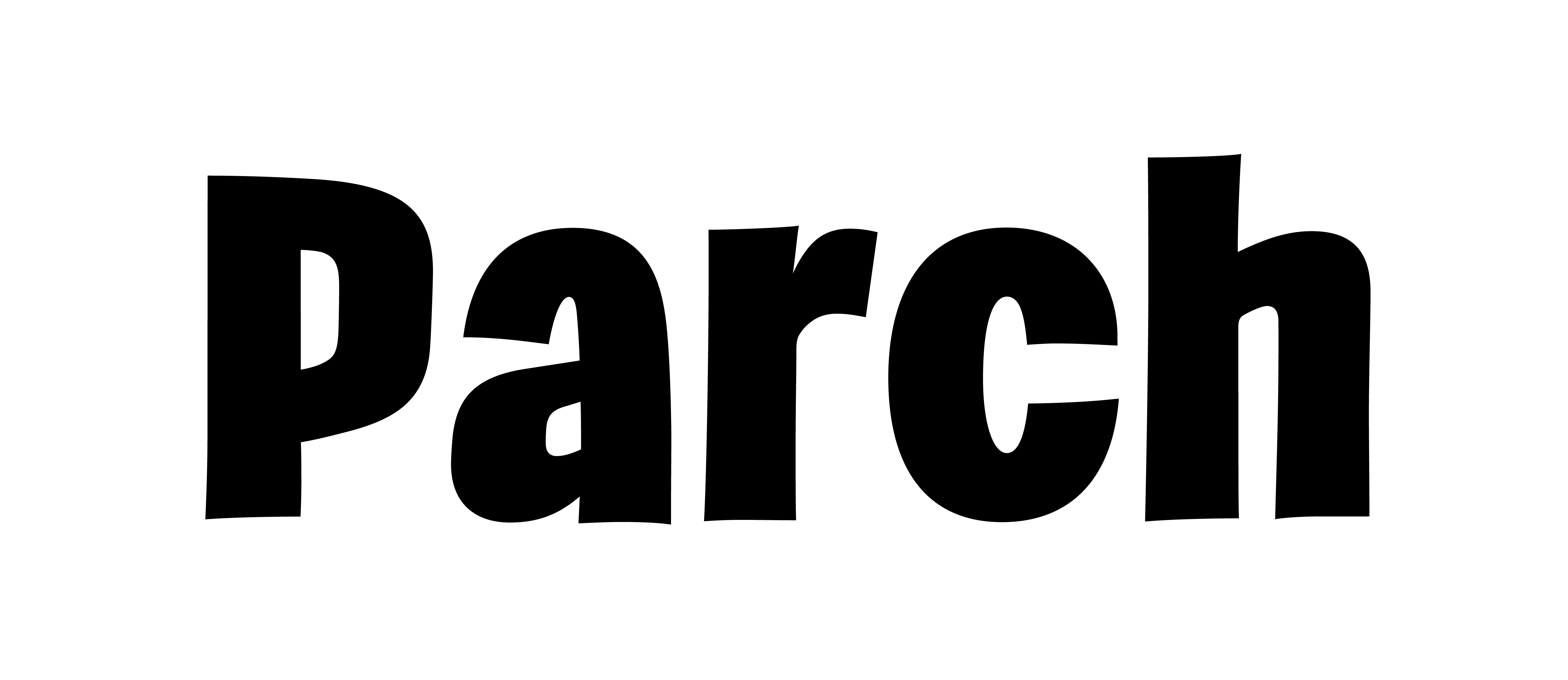Chinese herbal tea — 涼 茶 pronounced leung cha or liang cha — is a well-known and popular drink originating from southern China’s Guangdong province.
It directly translates to “cooling tea” and is brewed from traditional Chinese medicinal herbs. Its exact ingredients can vary and there are multiple versions of leung cha, but it is nevertheless widely recognized and consumed.
While many traditional Chinese medicinal herbs are known for being bitter and difficult to drink, leung cha is lightly sweetened with a smooth, refreshing taste. Mention leung cha to anyone of East Asian descent and you’ll get a nod of recognition.
Perhaps they’ll even smile as they reminisce about drinking their family’s home-brewed version to combat “heatiness” in their body (熱氣 — pronounced yeet hay in Cantonese). In my family, my mother liked to store her freshly brewed leung cha in Coca-Cola bottles!
Chinese herbal tea has been around since the early 1800s during the Qing Dynasty.
The invention of this drink has been credited to 王泽邦 — Wong Chat Bong in Cantonese or Wang Zebang in Mandarin. He was a doctor from the southern Guangdong province of China and it’s believed that he established the first tea shop in 1828.
Chinese herbal tea was consumed as a cure-all for body aches and pains. While it was consumed by all walks of life, it was particularly popular amongst unskilled laborers as an alternative to seeking expensive medical care.
When Chinese laborers traveled across the world in search of work, they brought supplies of Chinese herbal tea with them, particularly to the United States.
By the mid-1900s, Chinese herbal tea was more than just a drink to be consumed when feeling unwell.
The tea shops themselves became important community centers — places for families and friends to gather, drink tea, socialize and even watch television while enjoying the air conditioning. Similar to the role of coffee shops in our communities nowadays!
However, come the late 1900s, the popularity of these tea shops took a decline as family households were able to afford their own televisions and air conditioning.

Nowadays, Chinese herbal tea is seeing a rise in popularity again as younger generations seek to reclaim their heritage while embracing healthy lifestyle choices.
Through the early 2000s, there were more tea shops in Hong Kong than coffee shops! They remain an Asian alternative to coffee shops and western medicine and are often family-owned and operated.
In 2006, Chinese herbal tea was officially recognized as part of Hong Kong’s intangible cultural heritage. Intangible cultural heritage is a practice, representation, expression, knowledge, or skill considered by UNESCO to be part of a place’s cultural heritage

Other items on Hong Kong’s intangible cultural heritage list include:
-
Cantonese opera
-
Tai O dragon boat water parade
-
Pok Fu Lam fire dragon dance in Mid-Autumn Festival
-
Hong Kong-style milk tea making technique
-
Quanzhen temples Taoist ritual music
-
Bamboo theatre building technique
Chinese herbal tea is more than just a beverage.
It’s played a long-standing role in Chinese history for hundreds of years. It’s valued for its health benefits and represents a long-standing cultural heritage.
To this day, as evident by its recognition as intangible cultural heritage, Chinese herbal tea remains an important piece of Hong Kong’s past, present, and future culture.
